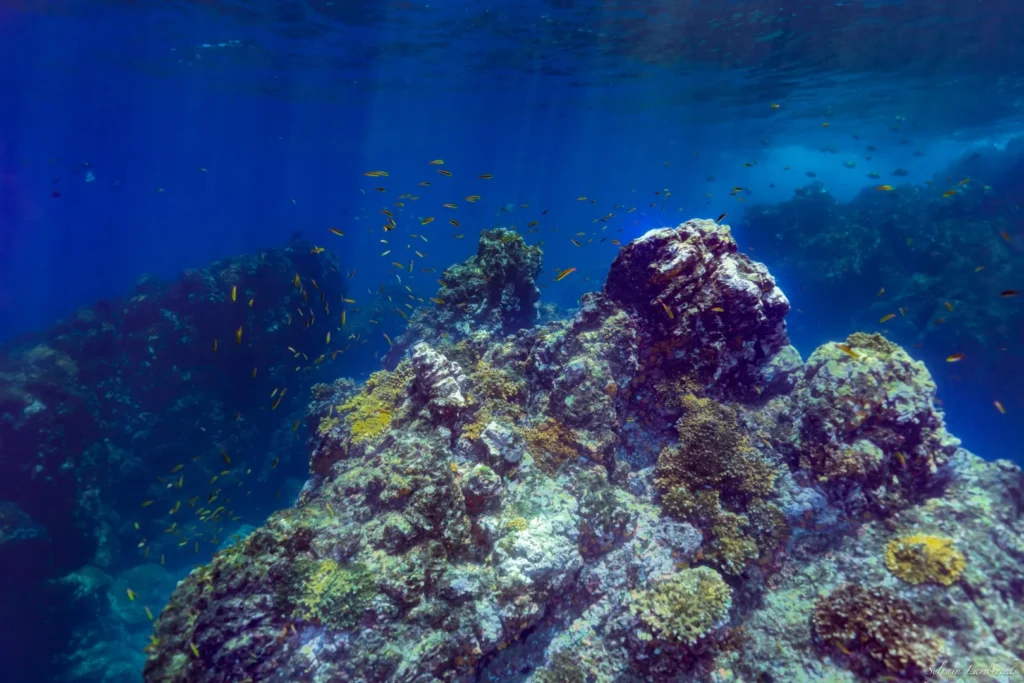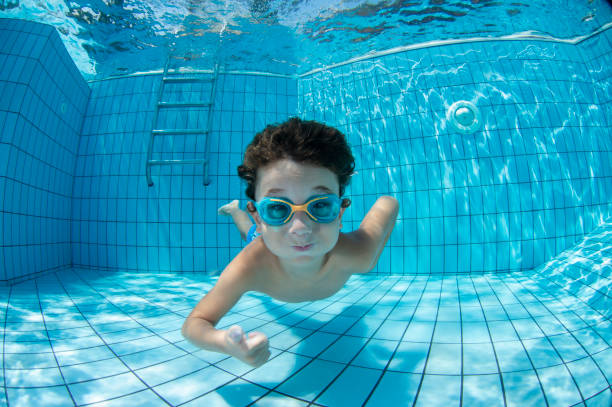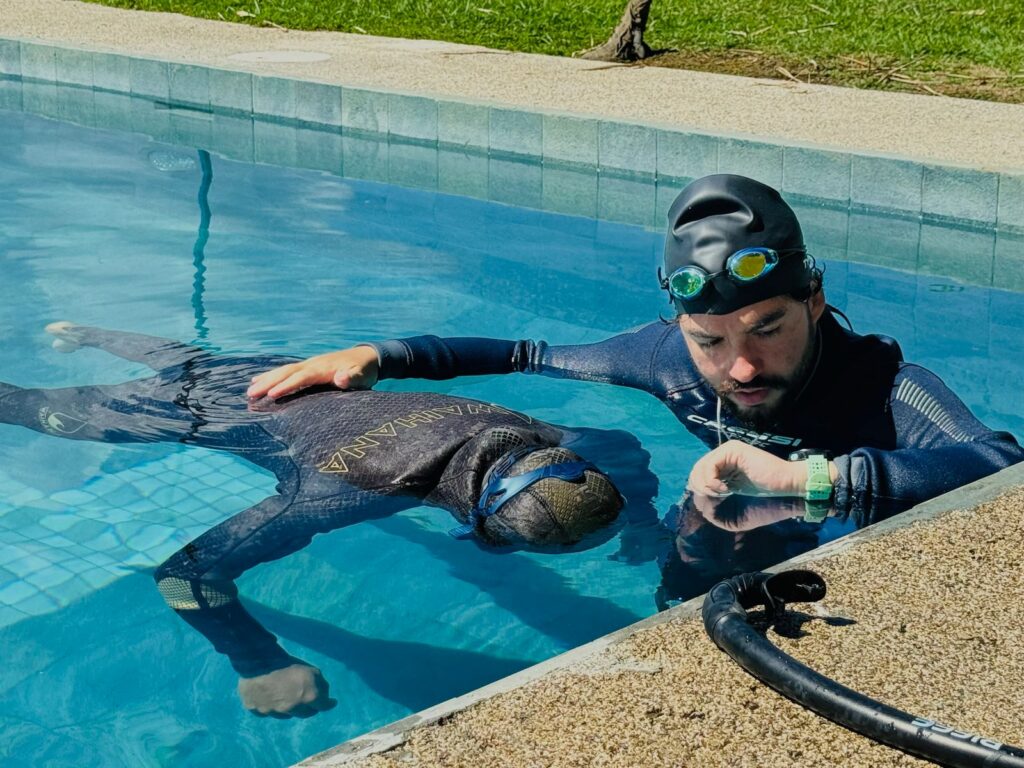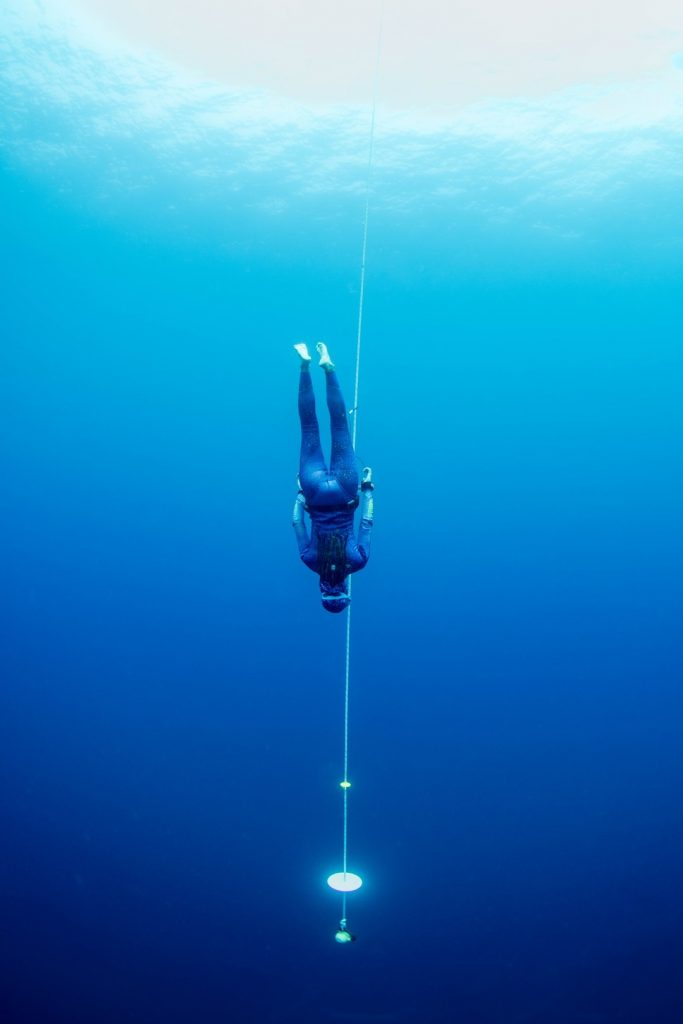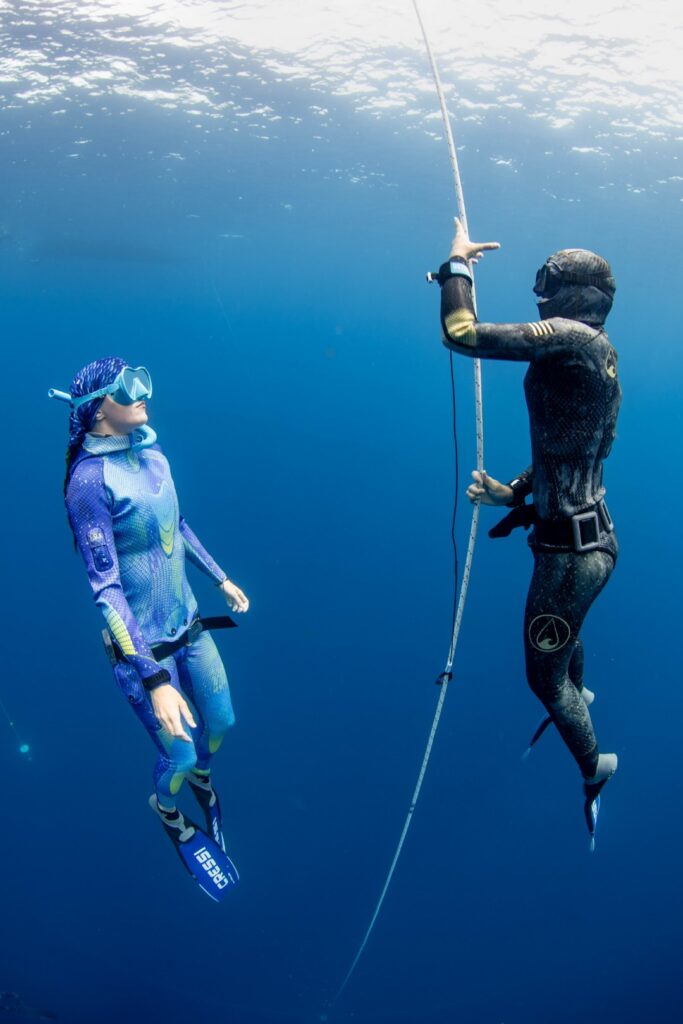If you are planning a trip to the central Pacific coast, you may have heard of Marea roja or ‘red tide’ in Costa Rica.
Red tides can be detrimental to marine wildlife and humans if they ingest contaminated seafood.
Here’s what you need to know about red tides in Costa Rica,
What Are Red Tides?
Harmful algae bloom (HAB), commonly known as red tide, is a natural event that occurs when algae grow excessively. The overgrowth of a microorganism called Karenia Brevis gives the water the typical red color seen in red tides.
Excess algae deplete oxygen in the water and release harmful toxins, often fatal to fish, shellfish, marine mammals, and birds. The toxin impacts other species that prey on sick fish.
Even marine animals such as whales and turtles can die off in large numbers from the knock-on effect.
Why Do They Occur?
While red tide is a natural occurrence, researchers believe that human activity is mainly responsible for the increase in bloom size and frequency.
The algae population blooms more when environmental conditions are optimal for growth. Major contributing factors include warm ocean surface temperatures, lack of wind, calm seas, and rain, followed by hot weather in the summer months.
Climate change, with its warmer currents and thermoclines, is believed to contribute to the increase in red tides.
Farming activities may also contribute to the increase in red tides. Fertilizers washing off farms and lawns carry nutrients into the sea. Nitrates and phosphates create a breeding ground for the algae that feed off them. This promotes the organism’s growth.
Is A Red Tide Dangerous To Humans?
Although many algae blooms are not harmful to humans, red tides can be dangerous. The algae in a red tide makes toxins that can affect your health in different ways:
Respiratory Irritation
If algae cells break open, toxins can be released into the air and cause respiratory irritation when inhaled. If there is a red tide in the area you are visiting, avoid the beach – especially when winds are blowing onshore.
Inhaling toxins can cause asthma-like symptoms, including coughing, wheezing, sneezing, and watery eyes.
Red tide can cause serious illness in people with chronic respiratory diseases such as asthma and emphysema.
Ingesting Toxic Seafood
Ingesting infected seafood is the most common cause of red tide poisoning in humans. Affected seafood does not taste or appear any different from nontoxic seafood. Cooking does not destroy the toxins either.
Shellfish, including clams, muscles, and scallops, are most prone to infection because they are filter feeders.
Humans who ingest contaminated seafood may experience symptoms within a couple of hours. The most common syndrome from eating shellfish affected by red tide is paralytic shellfish poisoning (PSP).
People who eat contaminated shellfish can experience symptoms like tingling of the lips and tongue almost immediately. Tingling and numbness can progress to the extremities, followed by loss of control of the arms and legs and breathing difficulties.
Other symptoms can include nausea, vomiting, abdominal cramps, and hallucinations.
Contact With Red Tide Water
Toxins released by the algae may cause skin irritations in sensitive people. Symptoms include itching and dermatitis that looks like red pimples or blisters.
Toxins may also cause infection in open wounds.
You should avoid swimming when a red tide is present.
However, if you do find yourself swimming near a red tide and experience skin irritation, immediately get out of the sea and rinse off with fresh water.
Key Takeaways
Red tides can have devastating effects on marine life. And while contact with a red tide is not generally dangerous for humans, ingesting infected seafood can be.
If there’s a red tide present during your stay in Costa Rica, be sure to take the proper precautions:
- Stay out of affected water or wash off well with fresh water if you venture into the sea during red tide.
- Steer clear from the beach or wear a mask when the wind blows onshore and there is a chance of inhaling toxic spores.
- Avoid eating shellfish harvested from areas with active red tide.
If you think you may have eaten contaminated seafood or experienced persistent respiratory or skin irritation, consult a medical practitioner.

